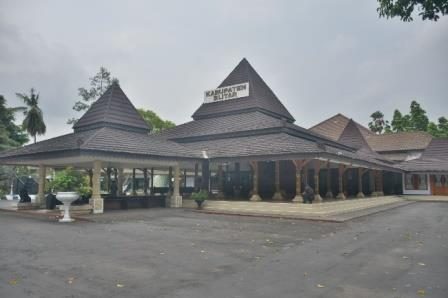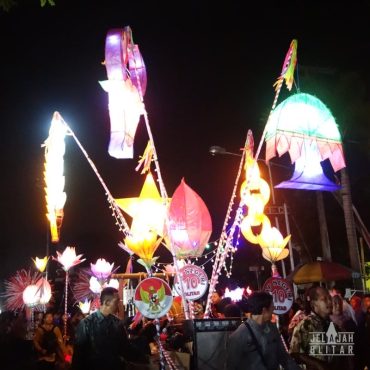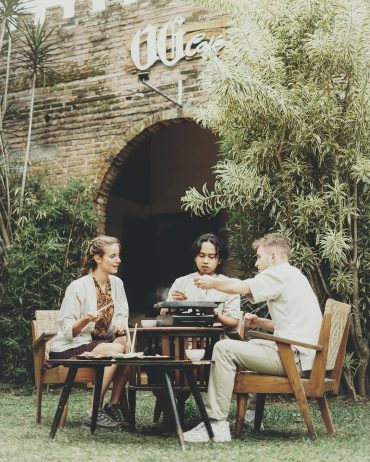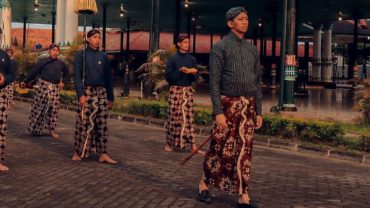Located in the heart of the city, Blitar Regent Office House is not just a place to live, but a historical building rich in stories of glory and struggle.
Built during the Dutch colonial era, this building is a silent witness to the change of regents and the political dynamics that coloured Bung Karno's Earth.
The house was built during the leadership of Blitar's second regent, after the previous centre of government was destroyed by the eruption of Mount Kelud.
The construction of the Blitar Regent Office House was carried out in conjunction with the construction of several other important buildings, namely the Jami' Mosque, the prison, and Blitar square.
The construction of these elements was part of the government's efforts to fulfil the infrastructure needs of the government, creating a system of urban planning referred to as mancapat-mancalima.
The Blitar Regent Office House consists of several parts arranged in sequence.
At the front is the kuncungan, then the pendapa, followed by the longkangan, and the very back which is the main room called the main house.
In addition, this official residence is equipped with three other separate building units, namely the Bunder Building to the west, unit two building to the east, and unit three building on the back side which has been renovated into a gazebo.
There is also a building called paseban located in the square area.
The construction of this official residence was led by Regent K.R.T. Warsokoesoemo, who served from 1869 to 1896, at a time when the administration of Blitar Regency was still under Dutch colonial control.
Blitar itself was included in the foreign territory of the Surakarta Palace which was granted to the Dutch government as compensation for war costs.
The architecture of this official house adopts the Indist style that flourished in the Dutch East Indies in the late 19th century by combining elements of Javanese and colonial styles.
The Javanese style in this official house can be seen from the spatial arrangement, the direction of the house, the zoning of the space, as well as various structural elements such as the supporting columns and the tumpangsari ceiling in the pendapa.
The Indis style can be seen in the main structure of the building, which consists of thick walls with details at the front, dominated by white wall paint, and openings in the form of large windows and doors.
The high ceilings and large pillars that support the front of the roof also reinforce the Indis character of this building.
The main house has a symmetrical plan, consisting of a front veranda, VIP living room, hallway, VIP dining room, and back veranda.
To the left and right of the hallway are bedrooms and several other supporting spaces.
The Javanese style is more dominant in the front room, while the Indis colonial style is more prominent at the back of the main house.
The Javanese-style front of the house, with the pendapa room as the centrepiece, reflects the government's efforts at the time to show that Blitar was still part of Javanese society, particularly the Kingdom of Surakarta Hadiningrat.
The main house, which is the core part of the Javanese house structure, underwent changes, replacing its sacredness with a colonial style as a symbol that the Blitar government was under colonial control at that time.
With a combination of Javanese and Indist architecture, the Blitar Regent's Office House not only serves as the regent's official residence, but also as a symbol of history and cultural heritage that reflects the long journey of Blitar Regency under various government regimes.
In addition to the Blitar Regent's Office House, the building Rumah Lodji De Karanganjar Koffieplantage is also one of the symbols of history that is still preserved and well maintained until now.
This building dates back to the early days of the Karanganjar plantation.
Interestingly, inside Lodji House is Bung Karno's room, which was used during his visit to nationalise assets from the colonial government.
If you're a lover of architecture and art, both buildings are great destinations for you.







